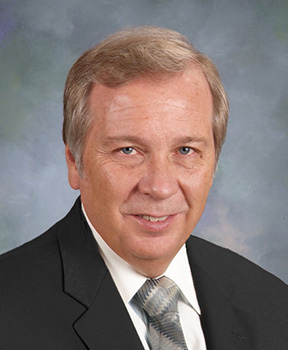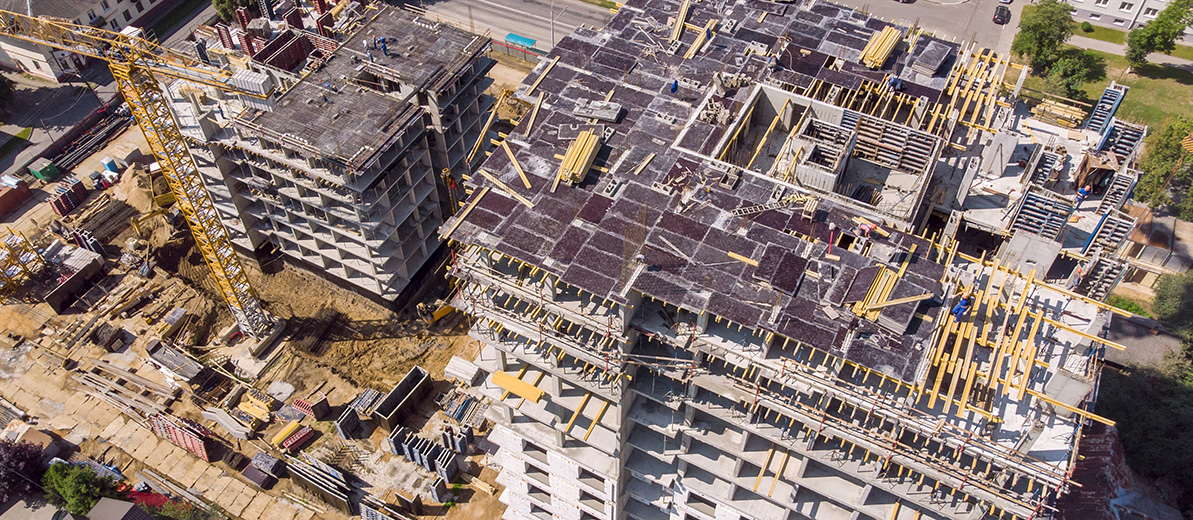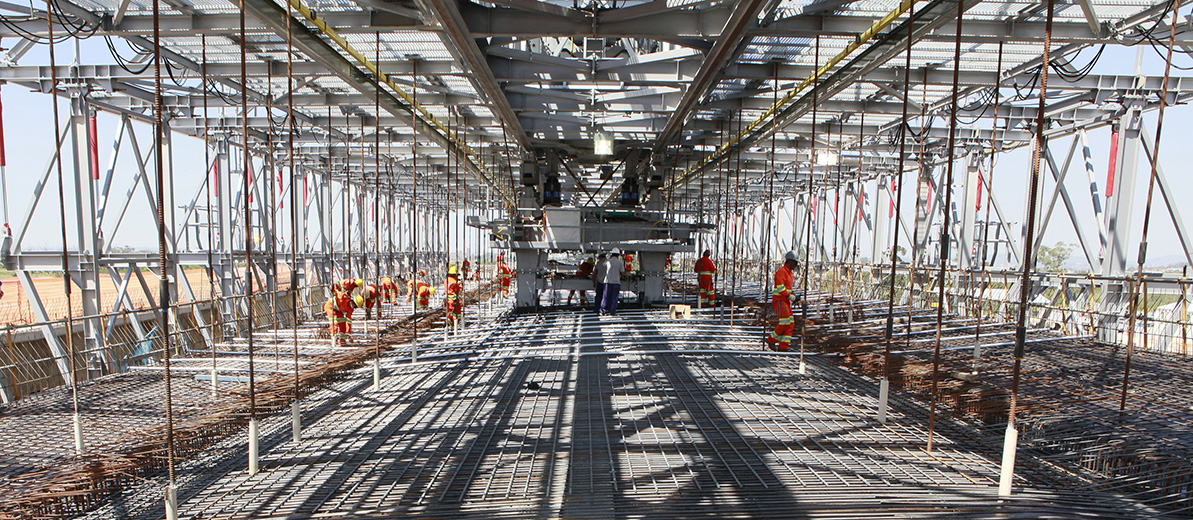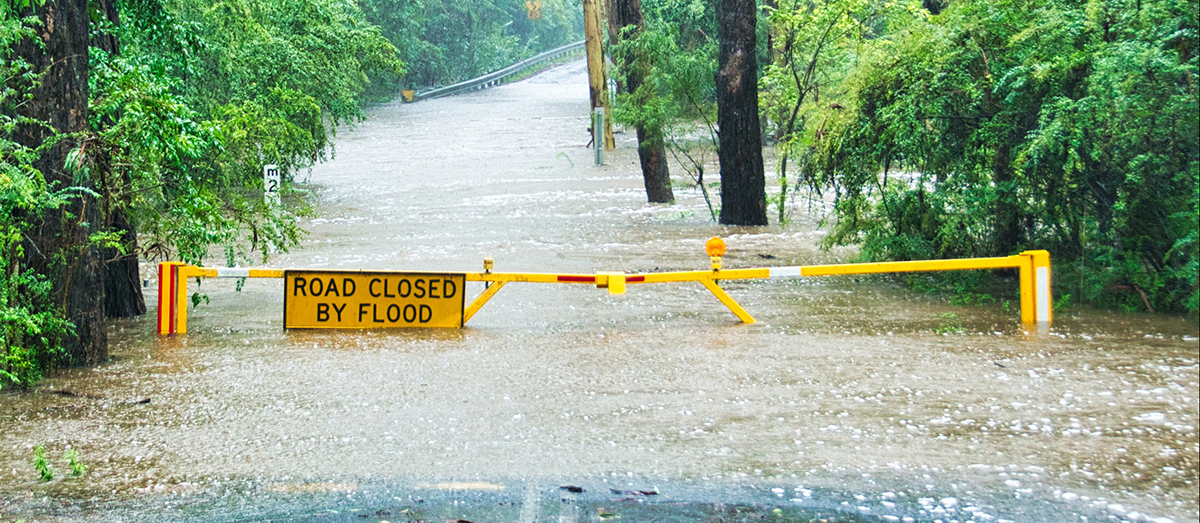Richard J. Long, P.E., P.Eng., is Founder of Long International, a Colorado-based construction claims and project management consulting firm that focuses its practice on owners, engineering and construction firms, and contractors performing petroleum refining, petrochemical, oil and gas, LNG, power/cogeneration, mineral processing, industrial, building, and infrastructure projects worldwide.
Mr. Long has over 50 years of U.S. and international consulting experience involving construction contract disputes analysis and resolution, arbitration/litigation support and expert testimony, project management, engineering/construction management, cost and schedule control, and process engineering. As an internationally recognized expert in the analysis and resolution of complex construction disputes for over 40 years, Mr. Long has served as the lead expert on over 300 projects having claims ranging in size from US$100,000 to over US$2 billion. He has testified in mediation, deposition, and court as well as U.S. and international arbitration. His expert consulting experience includes refineries, petrochemical and chemical plants, LNG projects, offshore oil and gas facilities, power plants, oil sands and oil shale facilities, metallurgical projects, and commercial and industrial buildings. He has presented and published numerous articles on claims analysis, entitlement issues, CPM schedule and damages analyses, cumulative impact claims, and claims prevention.
Before forming Long International, Mr. Long was Senior Vice President, Contract Administration for a major electrical and mechanical contractor. In this role, he had corporate-wide responsibility for technical management and oversight of the preparation and resolution of construction claims. In addition, he was responsible for the development, training, and implementation of project management policies and procedures to ensure that profit, cost, schedule, scope, quality, and safety objectives were achieved.
For 13 years, Mr. Long managed the construction claims practices of two large consulting firms. Prior to his consulting career, Mr. Long gained 13 years of project management and process engineering experience on petroleum refining, oil shale, synfuels, mining, and power generation projects with Tosco, Fluor, and Conoco.






















































